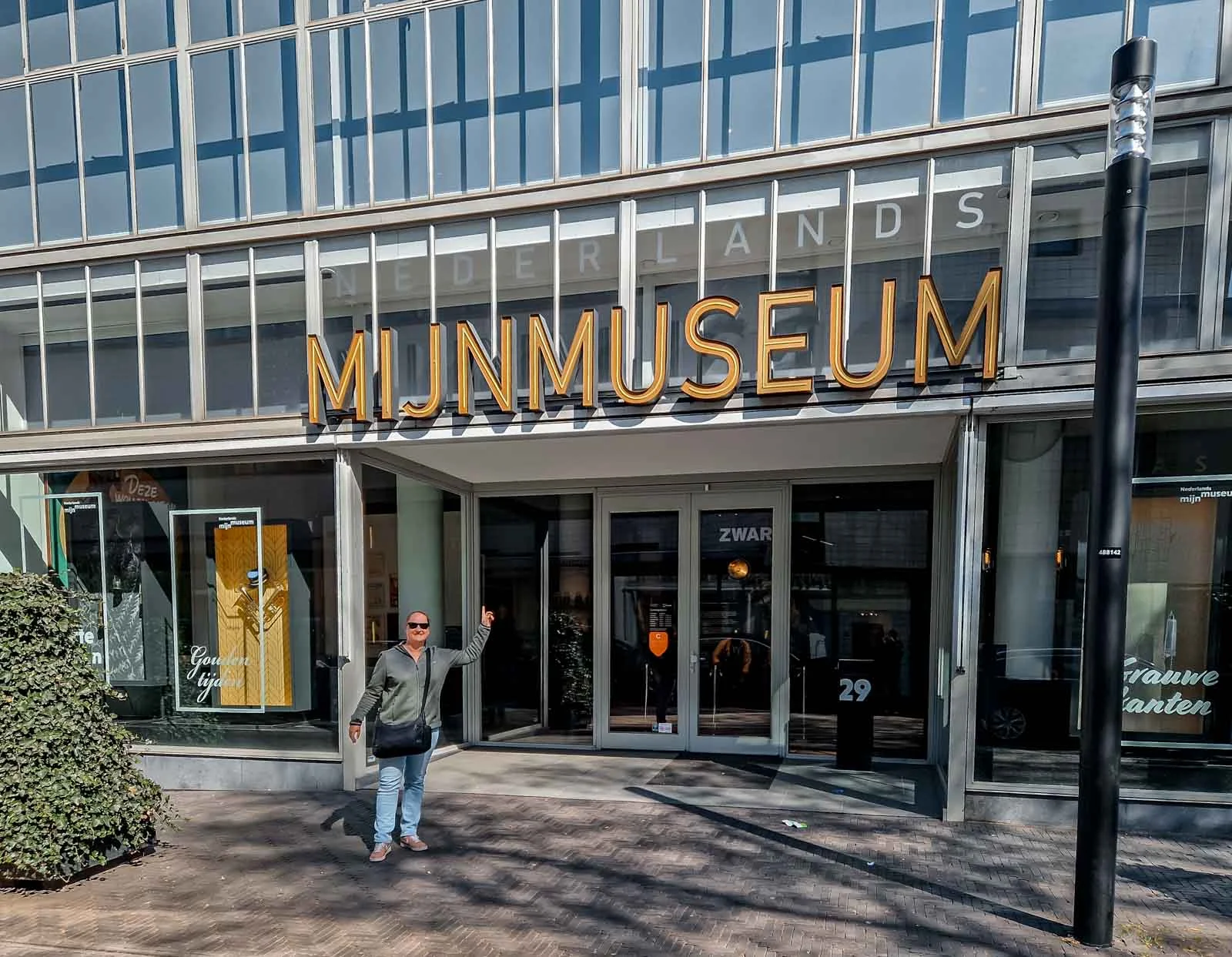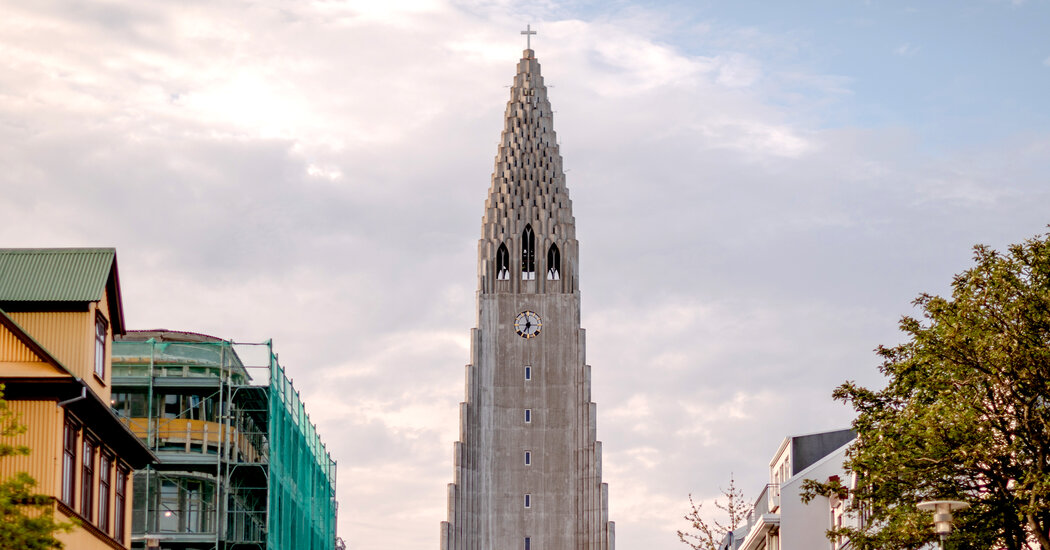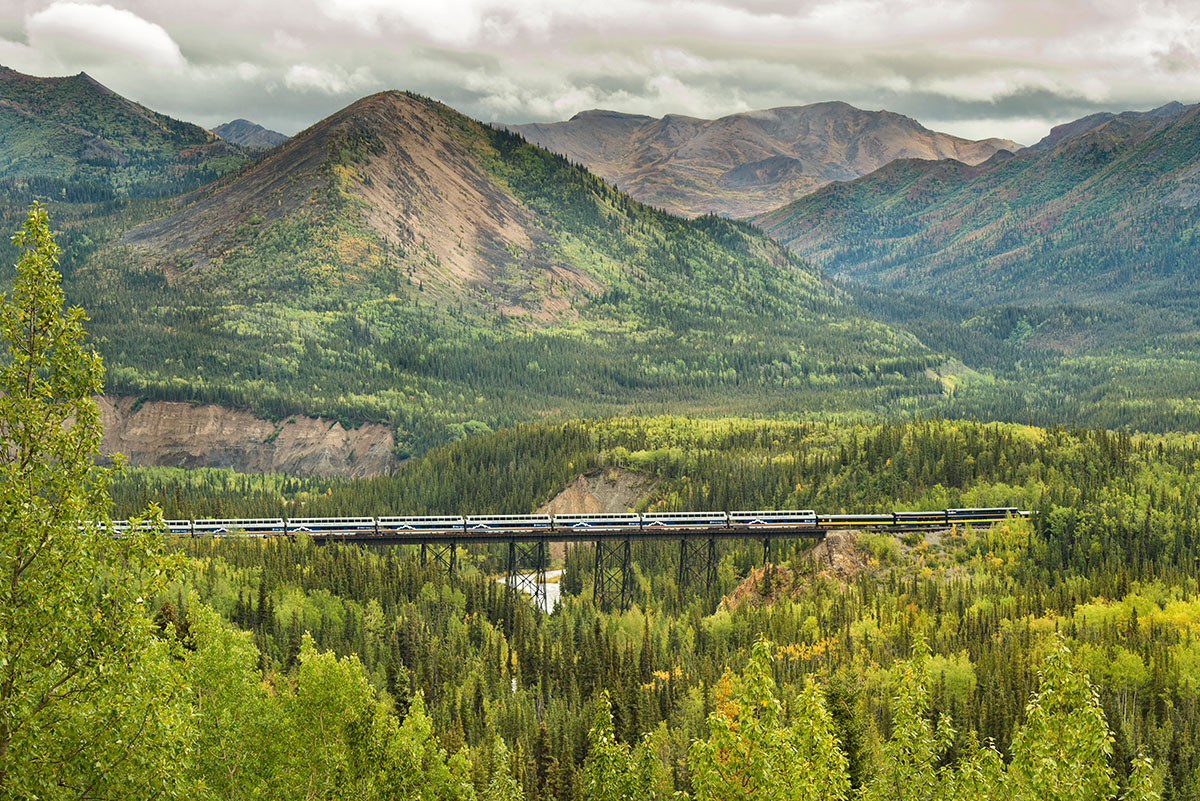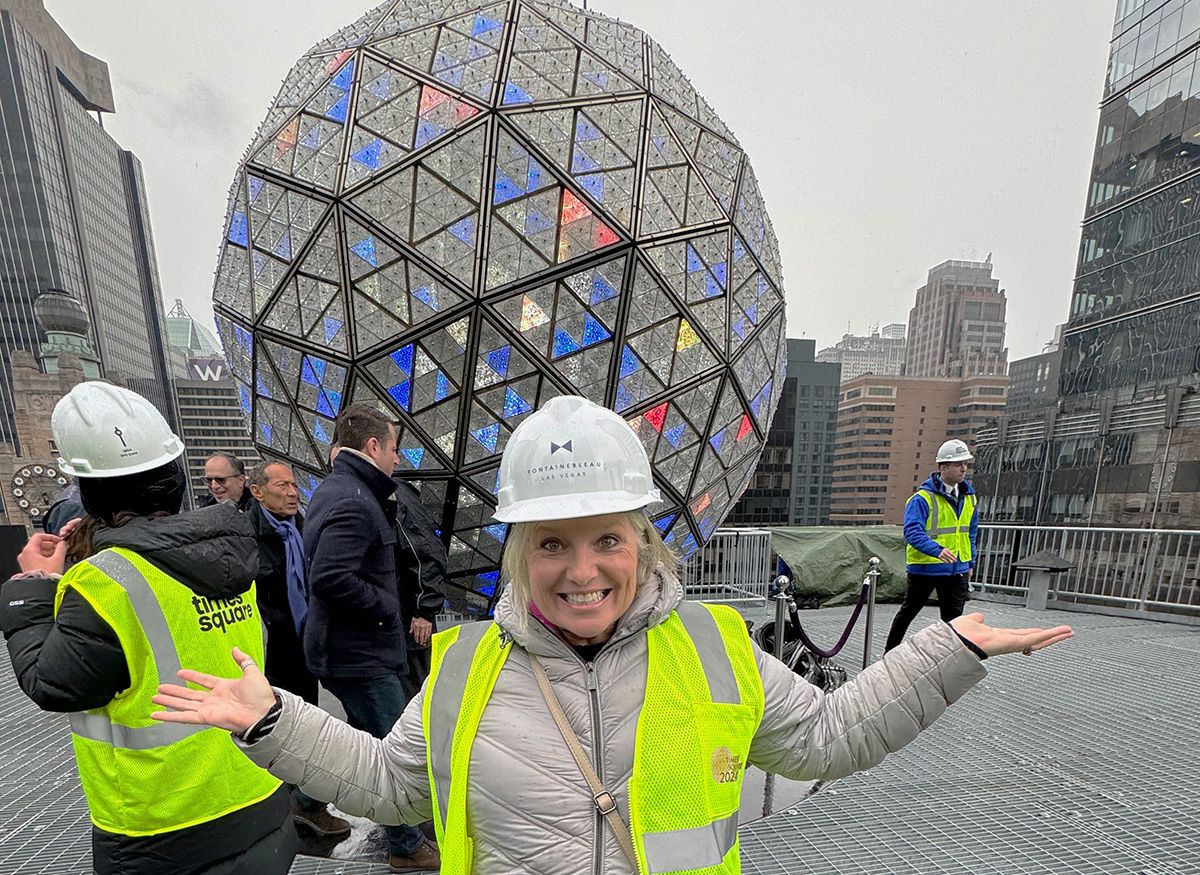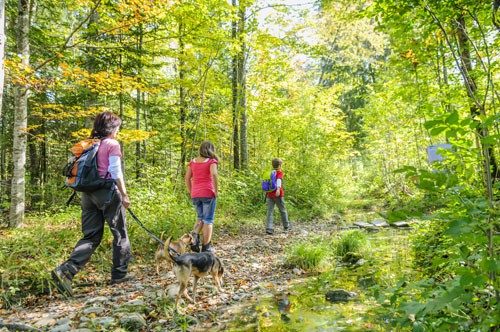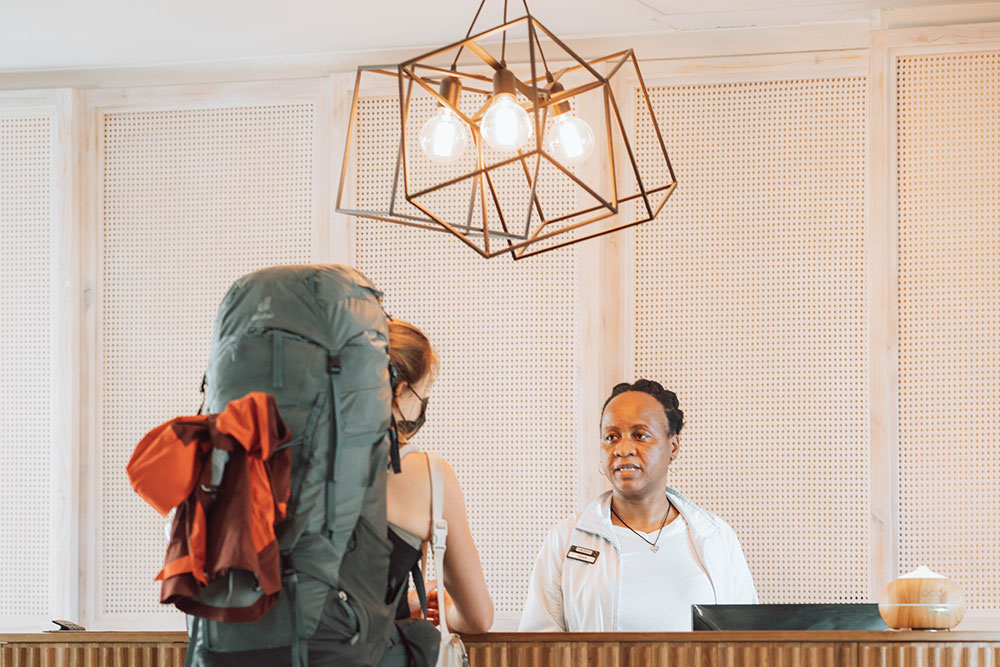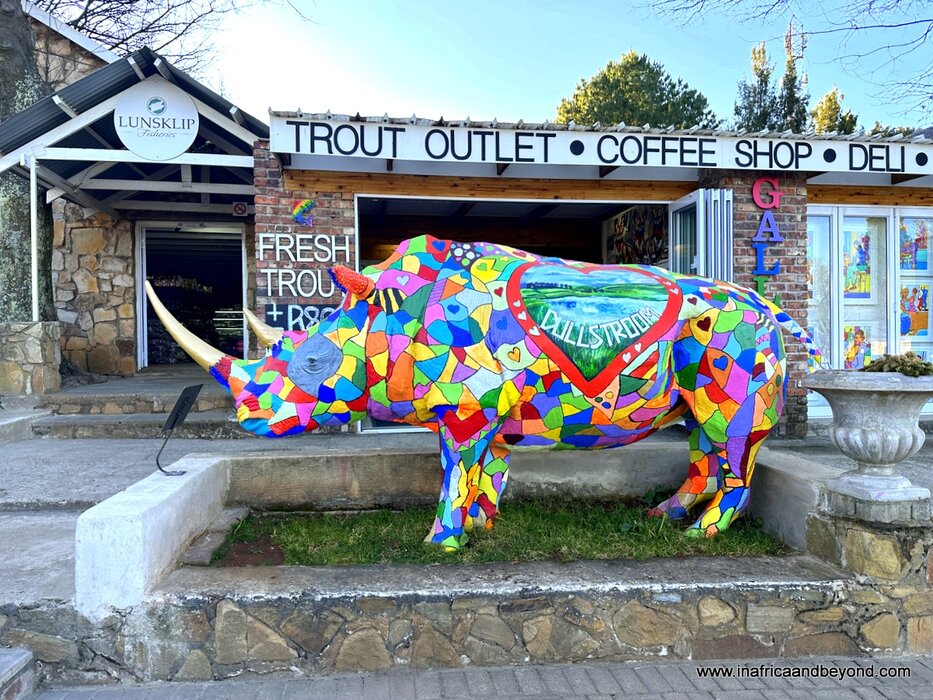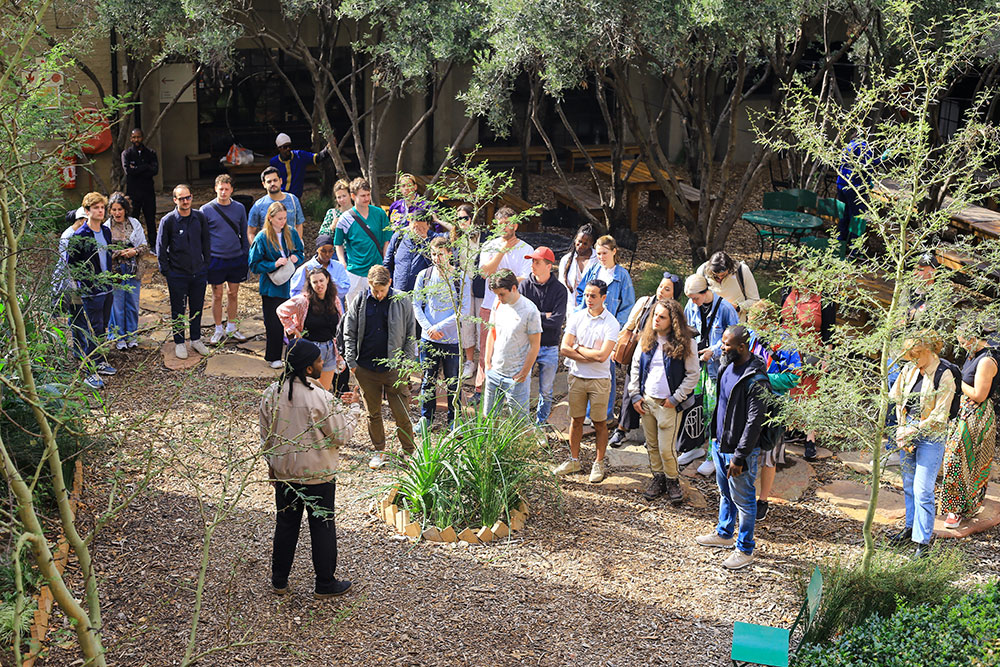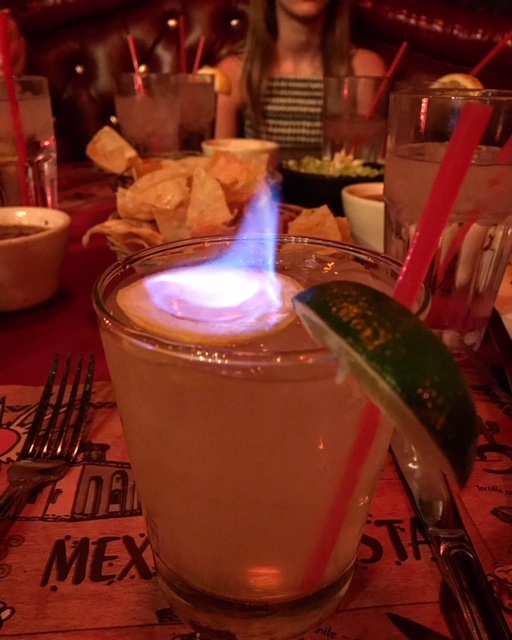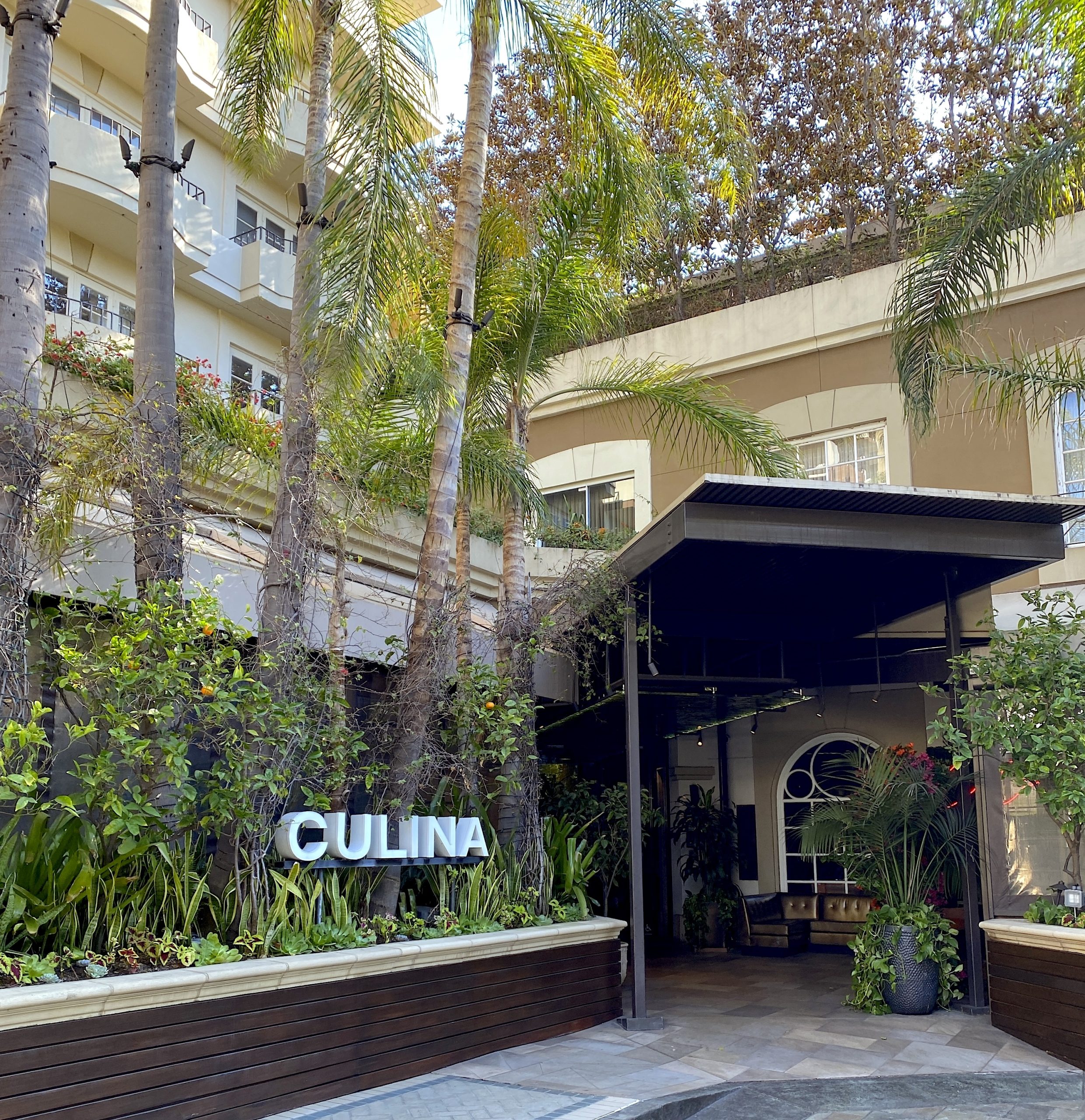Discover the Best Places to Visit and Things to Do in Parkstad Limburg related to the mining history.
Parkstad Limburg, located in the southeastern corner of the Netherlands, is a rising tourist destination filled with rich history and unique attractions. Though known today for its green spaces, culture, and adventure activities, this region has a deep-rooted past that was once dominated by the coal mining industry.
As locals from Parkstad Limburg ourselves, we at Traveltomtom are proud to share a comprehensive guide to the top places to visit and things to do in Parkstad Limburg and highlighting its fascinating mining heritage.
South Limburg is a growing tourist destination with a rather dark past, literally.
Table of Contents
This blog was written by Ashley from the Traveltomtom team, in collaboration with Visit Zuid Limburg. We hope it inspires you to rediscover your roots or discover ours.
A Journey Through Parkstad Limburg’s Mining Past
In 2025, it will be 50 years since the last coal mine in the Netherlands closed its doors. It made me think why do I, as a local, know so little about this important history?
The legacy of coal mining shaped Parkstad Limburg both socially and economically. Although many physical traces of the mines have been erased, the history lives on in museums, monuments, walking routes, and even in the stories passed down through generations.
For years, South Limburg was literally the engine of the Netherlands. The coal mines of Limburg kept the Netherlands running. Until the mid-1970s, when it was decided that it was no longer profitable and all the mines were closed one by one. More than 60,000 people became unemployed overnight. In no time, South Limburg changed from the richest part of the Netherlands to the region with the highest unemployment and increasing poverty. The history of the coal mines became something people were ashamed of. As a result, everything that reminded them of this time was removed at a rapid pace.
Together with Visit Zuid Limburg we have been on a voyage of discovery for weeks in our own Parkstad, looking for what can still be found about the special mining history of this region. Although it may seem like this history has been completely erased, there is still so much to see, do and discover. In fact, the past few weeks have really changed my perspective on the mining history of South Limburg and the places that can still be found about it.
Top Places to Visit in Parkstad Limburg
Simpelveld – Miljoenenlijn Steam Train

When visiting our beloved Zuid – Limburg you have to come to Simpelveld. In this particular little village Traveltomtom himself was born and raised, but that obviously is not the main tourist attraction. The village is also called the gate to the Heuvelland (the hills of Holland) and there are several beautiful viewpoints.
See here an Instagram reel of Traveltomtom cycling through his hometown.

However, the best thing to do in Simpelveld is to ride the nostalgic Miljoenenlijn steam train from Simpelveld to Valkenburg. This scenic railway winds through the beautiful Heuvelland hills and offers stunning views of South Limburg. You can stop wherever you want and take any train you want back. It is a hop-on-hop-off steam train.

At Simpelveld Station, you’ll also find mining relics including coal wagons and tank cars from the former State Mines. Three coal wagons from the State Mines and a large grey bulk wagon from the Laura mine.
Tip: Book your tickets in advance as this attraction is very popular, especially in the Summer Season.
Arriving on time is recommended because there is a lot to see and do around Simpelveld station. There is a nice brasserie, a shop and on and around the platforms are all kinds of historical objects to be see.
Fun Fact: The old steam trains on the Miljoenenlijn still run on coal!
Heerlen – The Heart of Mining History

Back in the heyday of coal mining, Heerlen was one of the most prosperous cities in the Netherlands, second only to Amsterdam in the 1950s. Often referred to as the capital of the Dutch mining region, Heerlen played a central role in the industry.
The city was home to several major coal mines from the Oranje-Nassau company, including ON I, ON III, and ON IV. In fact, the Oranje-Nassau I mine in Heerlen was the very last coal mine in the Netherlands, officially closed on December 31, 1974. This symbolized the end of a defining chapter in Limburg’s history.
Today, visitors can dive into its rich mining history at several key attractions:
- Visit Zuid Limburg Experience Center: Learn about the region’s past and pick up walking and cycling maps that trace the footsteps of miners.

At the visitor center you can also watch a short, twenty-minute film about Parkstad through the ages. A super interesting and well-made film. You will learn all about how this region has looked through the ages. Highly recommended and it is totally free.
- Walking Route: Mining Past on the Street: A 3 km city walk highlighting murals, architecture, and monuments.

During this walk you will discover the hidden traces from the glory days of coal mining. Art, architecture and stories from that time bring the mining past back to life. We did it with a guide which was a very nice and educational walk. But you can also buy the route booklet for just €1 EUR at the Visit Zuid-Limburg Experience and set off and explore independently.
- Dutch Mine Museum: Spread across four floors, this museum offers in-depth insights into the mining era.

The Dutch Mine Museum is the place where the turbulent past of this region and the story about the coal comes to life. Housed in a monumental department store from the 1940s you can learn everything about the black gold, the golden glory days, the gray side of the mines and the colorful future of this region.

The museum is open from Tuesday to Sunday between 10:00 and 17:00. Children up to 17 years old have free admission!
- Mine Monument ON I: Visit the last shaft where coal was extracted in the Netherlands. Join a guided tour or visit during Open Shaft Weekends.

Unfortunately, most of the coal mines were rapidly removed in the years following their closure. However, the monument ON I is an iconic Shaft and Lift Building that is still in tact. For many years it was a connection between underground coal mining and life above ground. It is one of the few physical remains of the mining past.

The last Dutch coal came to the surface at this special location on 31 December 1974. Here you can admire the lift shaft and objects from the mining era, miners and volunteers tell you about the underground miners’ life and there are demonstrations of the impressive hoisting machine.
The ONI Mine Monument can be visited on request by groups of 10 or more people. But they also have so-called Open Shaft Weekends. These take place at least one weekend per month. During these weekends the Mine Monument is open from 10:00 to 17:00. There are combination tickets that allow you to visit both the Dutch Mine Museum and the ON I Mine Monument. You can get this combination ticket for just €15 EUR.

We visited the Dutch Mine Museum and the ON I Mine Monument on the same day as a combination deal. They really complement each other. The museum tells the complete story of how the black coal originated in the Limburg soil until the closing of the mines so many centuries later. If you then go to the Shaft you can see it with your own eyes and get an idea of what it was like. At the shaft the stories are told by former miners which makes it all even more interesting.
Lunch Tip: ‘Grand Café Het Zwarte Goud’ offers themed decor and delicious meals right in the city center. Their Chai Latte and sandwich carpaccio are highly recommended.
Landgraaf – Nature and Memorials
Although Landgraaf is home for Traveltomtom team member Ashley, this tour with Visit Zuid Limburg exploring the mining history and beautiful things to do in South Limburg has taught us a lot about our own town.
Landgraaf is well-known for having one of the worlds largest indoor ski slope and home to the oldest yearly returning music festival in Europe: Pinkpop.

Landgraaf was also home to the private coal mine Oranje-Nassau II (ON II) and the Wilhelmina State Mine. Sadly, almost nothing of these mines has been preserved. But there is still some significant mining history to be explored:
- Schaesberg Mine Monument: Features a preserved shaft wheel as a tribute to Wilhelmina State Mine.

A memorial in the town of Schaesberg, part of the Landgraaf municipality. The monument is located at the foot of the Wilhelminaberg and next to Snowworld Landgraaf. In August 1969, State Mine Wilhelmina closed its doors and many parts of the mine were demolished. Only the shaft wheel was preserved at the insistence of local Thei van de Wetering, who worked at the Wilhelmina State Mine himself.
He founded the Schaesberg Mine Monument Committee to make a monument of the shaft wheel. The monument was unveiled 12 years later on June 27, 1982. The shaft wheel has a diameter of 6.3 meters and is attached to a tilted frame. The tilted frame symbolizes the fallen shaft tower.

As a child I never meant anything to me. Today it’s one of the few remains of an important part of our past. This monument and shaft wheel is now part of my daily walks. Especially in Spring time it looks amazing with all the beautiful flowers around.
- Memorial Chapel of the Miners: A former mortuary transformed into a moving tribute.

In 1969 the Wilhelmina State Mine became the second state mine to close its doors for good. Since the opening of the mine in 1906 it had grown into a huge complex that was home to thousands of mining families. Apart from the slag heap that is now known as the Wilhelminaberg, nothing seems to be left of this huge complex.
A former miner could barely recognize the place when he visited years after the mine was closed but he discovered a transformer building near a group of trees, covered by graffiti. It happened to be the former mortuary where miners who died in accidents would be laid out.
They now turned this place into a memorial chapel for all miners who died in accidents in the South Limburg mining industry. The names of miners who died underground can be read of the plaques on either side of the entrance to the chapel. Pay special attention to the stained glass windows when you visit the chapel. You will find beautiful details here that refer to the mining past.
- Wilhelminaberg: An artificial mountain made from mine debris, now a hiking and recreation area with stunning views.

The Wilhelminaberg is the highest point of Landgraaf. From far outside the municipal borders it appears on the horizon. When the Wilhelminaberg appears in the distance it is an almost-home feeling to me.
The Wilhelminaberg is now all forest, nature and green, and a very popular recreation area. But this was certainly not always the case! This mountain was created from mine stone, originating from Wilhelmina State Mine. The Wilhelminaberg is therefore an artificial mountain and a silent witness to the vanished mining industry.
It got repurposed by SnowWorld, turning it into the largest indoor ski slope in the world. Right next to it is the longest open-air staircase in the Netherlands. It takes 508 steps to reach the top of the Wilhelminaberg. A popular tourist destination in South Limburg. Once you have conquered the stairs, a truly magnificent 360 degree view of the entire region awaits you at the top.
- Adventure Valley Trail: A scenic, informative trail located at the foot of the Wilhelminaberg.
The Adventure Valley Trail is an adventurous hiking trail. It is located at the foot of the Wilhelminaberg in Landgraaf. The trail takes you to the origin of the mountain: the mining past. Along the path there are information boards that tell a bit about the mining past of the Wilhelminaberg.
Adventure Valley can be reached from the entrance of the SnowWorld climbing park and is signposted. They have two routes. The orange route is 0.5 kilometres and the green route is 0.7 kilometres. Access to the Adventure Trail is completely free.
Lunch Tip: Mijn Lunchcafé offers great food and social value, supporting people distanced from the labor market. For us locals it is a very special place to have lunch, we in fact consider it still a hidden gem.
This cafe is called ‘Mijn Lunchcafe’, which in Dutch could be translated to both ‘My Lunchcafe’ but also as ‘Mine Lunchcafe’. On the facade of the building is still a large sign stating what it was used for at the time, the underground vocational school. With the exception of the school, the enormous above-ground business complex was completely demolished.
Today it is a place that offers new perspectives to people who are at a distance from the labor market. It makes this place extra special. The menu is very extensive and above all very affordable. Absolutely recommended to have lunch here when visiting Landgraaf.
Kerkrade – A City with Deep Roots
Kerkrade also housed several coal mines: Willem Sophia in Spekholzerheide, the Wilhelmina in Terwinselen and the Domaniale on the Holz/Nulland.
- Shaft Nulland: The only mine shaft in the Netherlands still on its original site.

Shaft Nulland is a fine example of how you preserve history and prevent it from being lost. Shaft Nulland was once part of the Domaniale Mine, the oldest coal mine in the Netherlands. It is the only mine shaft in the Netherlands that has remained in its original location.

Shaft Nulland was saved from demolition at the last minute but now has the status of Mine Monument. It was extra special to visit Shaft Nulland because my grandfather used to work as a miner underground here at the Domaniale Mine.
- D’r Joep: A statue honoring miners, located on the city’s market square.

Located on the market square in the city centre of Kerkrade. D’r Joep is the Dutch national monument of the miners. It was unveiled in 1957 and has stood in the same place ever since on a prominent place on the market square in Kerkrade.
D’r Joep has become a true symbol of Kerkrade. As a native of Kerkrade and a former miner, my grandfather was proud of d’r Joep. He often sang a song about d’r Joep and even had a small replica of the statue at home.
- Discovery Museum: Focuses on science and technology, with a dedicated section on coal mining.

In addition to being a fun museum for a day out, it is also a very educational museum. For example, they currently have the AI expo. The expo offers a special look at the future of artificial intelligence. They also have a special area about the coal mining history of this region. You will find many objects that come directly from that time. Very interesting and educational.

The Discovery Museum is just down the road from Schacht Nulland.
Lunch Tip: Dé Wieëtsjaf is perfect for creating your own lunch platter after a morning of exploring.
The Kerkrade city center square houses loads of bars and restaurants, in Summer when the terraces are full it has a very vibrant atmosphere. Our tip for a tasty lunch ‘Dé Wieëtsjaf’ where you can create your own lunch platter. You choose from various smaller dishes.
Valkenburg – Underground Mining Experience

No visit to South Limburg is complete before visiting Valkenburg, the most famous tourist destination in the region. If you want to experience what it was like inside a mine then you need to head to Valkenburg. Go underground and dive deep into the history of South Limburg.
- Coal Mine Valkenburg: Underground experience deep into a coal mine.

A marl cave is used to simulate what life in a coal mine used to be like. The tour starts with a film with unique footage. After this film, you will be guided by a former miner. He tells the story supplemented with his own experiences and anecdotes. He also makes the various machines that you encounter actually work. Only then you’ll get an idea of the conditions under which they worked.

The entire tour lasts approximately 75 minutes.
Unique things to do in South Limburg
Hopefully we have already made you enthusiastic about everything related to the stone coal mining past.
Visit Zuid Limburg has put together a great cycling route. This 57 km route covers Simpelveld, Heerlen, Landgraaf, and Kerkrade, connecting key historical sites.
Thought this cycling route you will discover a large part of the former Mining region. Some traces of the mines are hidden, but if you set off with this cycle route you will know where to find them. You will find that there is much more to discover than just the highlights we mention in this blog.
- Walking & Cycling Route: Rondje Groeves: An 8 km trail featuring scenic viewpoints and info panels on mining history.
We recently discovered this 8 kilometer long walking and cycling route. You will pass eight impressive viewpoints and learn more about the rich mining history of the Parkstad region.
Gravel, sand, clay and loess, coal, brown coal and silver sand are present at various depths in the soil. Much of this has been extracted, especially in the last hundred years. Along the route you will be able to see and learn about the rich mining history of this part of the Netherlands.
- Time Windows Installations: See historic images at former mining locations to visualize the past.

Throughout the Parkstad region you will find so-called Time Windows. These are images placed on a spot where the mines used to be. These images show what it looked like at that exact spot when the mines were still there. It is unbelievable to see the past on a photo and then see there is nothing left of it anymore. We found these time windows very interesting to get an idea of how huge these mine complexes were.
Special Events for 50 years closure
To mark 50 years since the closure of the coal mines, Parkstad Limburg will host two special theatre productions:
- Het Geluk van Limburg: A musical tribute, held in Kerkrade’s Rodahal, telling the story of the region’s mining era.
Het ‘Geluk van Limburg’ will be performed weekly in Kerkrade starting mid-July 2025. Freely translated this means the ‘Happiness of Limburg’. This musical draws attention to a forgotten piece of Limburg history and, even more important, to all those people who worked hard underground for years.
Het Geluk van Limburg is a family chronicle marked by the rise and fall of the mining industry of Limburg. During this musical you descend into the mines with the miners, feel the coal dust and emerge again in the lively mining colony.
- Tien Torens Diep: A family-focused stage play set in the 1950s mining community.
This play takes you back to the mining region in 1958. It’s a moving, funny and exciting family performance. It’s about the daily life in a mining district at the end of the 1950s. Joys and sorrows are shared with each other. There is grumbling about the power of the mine management, but there is also pride in the tough job of the mine worker and the underground solidarity of the miners.
Final Thoughts

Exploring Parkstad Limburg is an enriching experience filled with both natural beauty and deep historical roots. Whether you’re riding a steam train, visiting a museum, or walking through the remnants of coal mines, there’s no shortage of things to do in Parkstad Limburg.
Earlier this year there was a very impressive documentary on Dutch television about the past of the coal mines in South Limburg. As a resident of Parkstad I found this very interesting and watched this four-part documentary series with much interest, amazement and wonder and it inspired me to explore our region, culture and history even more.

